Edwin Dickinson, American Mystic
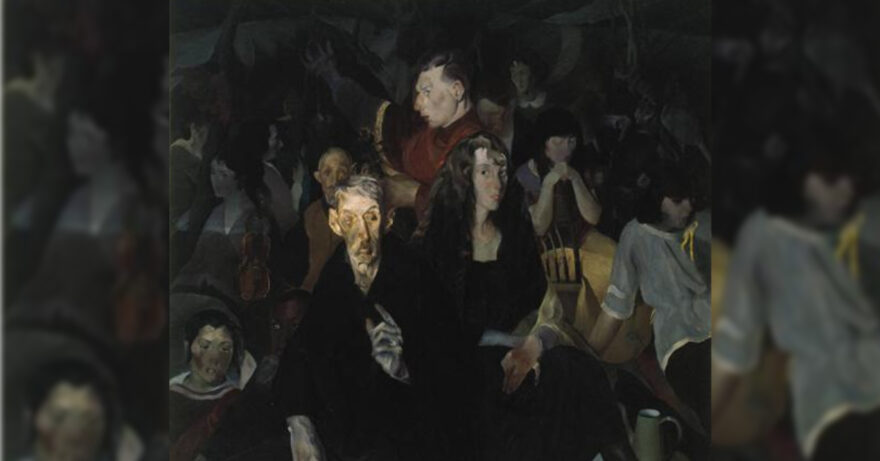
Edwin Walter Dickinson (1891–1978), an eminent American painter and draftsman, continues to mystify artists with his direct and introspective paintings. Known for his direct approach to painting, Dickinson influences artists today. I recently discovered an article in American Artist, written in 1957 by Jacob Getlar Smith, and it revealed some profound aspects of Dickinson’s painting practice that I’m sharing here. I encourage any painter to explore the life, work and philosophy of this profound artist.
Edwin Dickinson’s life and work are deeply tied to the tranquil fishing village of Provincetown, Mass. Once a serene haven, this village saw a transformation into a bustling art colony—a sanctuary for artists, writers and poets seeking solace and creative expression. It was here that he lived and worked in an unpretentious studio full of paintings that vividly captured the essence of life on Cape Cod and inspired deeply personal and transformative journeys.
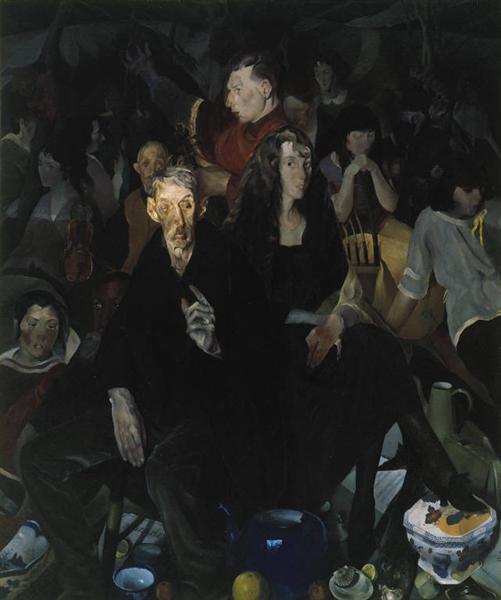
Public Domain, via Wikiart.com
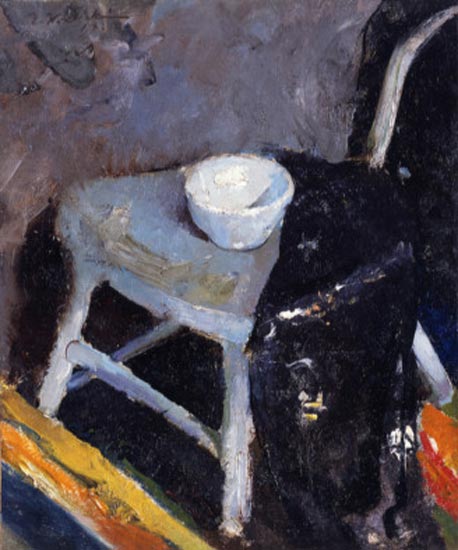
Public Domain, via Wikiart.com
Dickinson’s Work
A key aspect of his work was the interplay of color masses that emphasized subtle relationships between chromatic tones. Described as both a remarkable human being and an exceptional artist, he combined traditionalism and modernity. Driven by a strong desire for honesty and fidelity to his vision, and generally uninterested in fame and recognition, work on his paintings would span days and even weeks due to his commitment to intense observation.
At times, he would dedicate years to perfecting a single piece, exploring delicate colorwork, sinuous edges and a masterful interplay of rich blacks against a white surface. In his article, Smith writes, “Dickinson is an unbelievably sIow worker; some of his pieces know eight or 10 years’ effort. It is nothing for him to put 500 sessions of three hours each on an important problem.” This distinctive focus owes its inspiration to his mentors, William Meritt Chase and Charles W. Hawthorne, whose teachings instilled in Dickinson a reverence for direct observation and the poetic potential of paint. The mysterious quality of his larger compositions drew comparisons to the Surrealist movement; however, Dickinson staunchly resisted categorization, refusing to be confined by any particular artistic school.
“Color might easily have been intrusive, much too positive for the enigmatic nature of his work. It possessed just enough suggestion to leave little doubt as to its place in the general plan; here was color by intimation rather than declaration. These pictures fairly cried for cooperation, for a willingness to share in the creative experience—to supply for oneself those missing components only the individual viewer can provide, thus compelling him to be party to the deed.”
—Jacob Getlar Smith, writing of Dickinson’s work
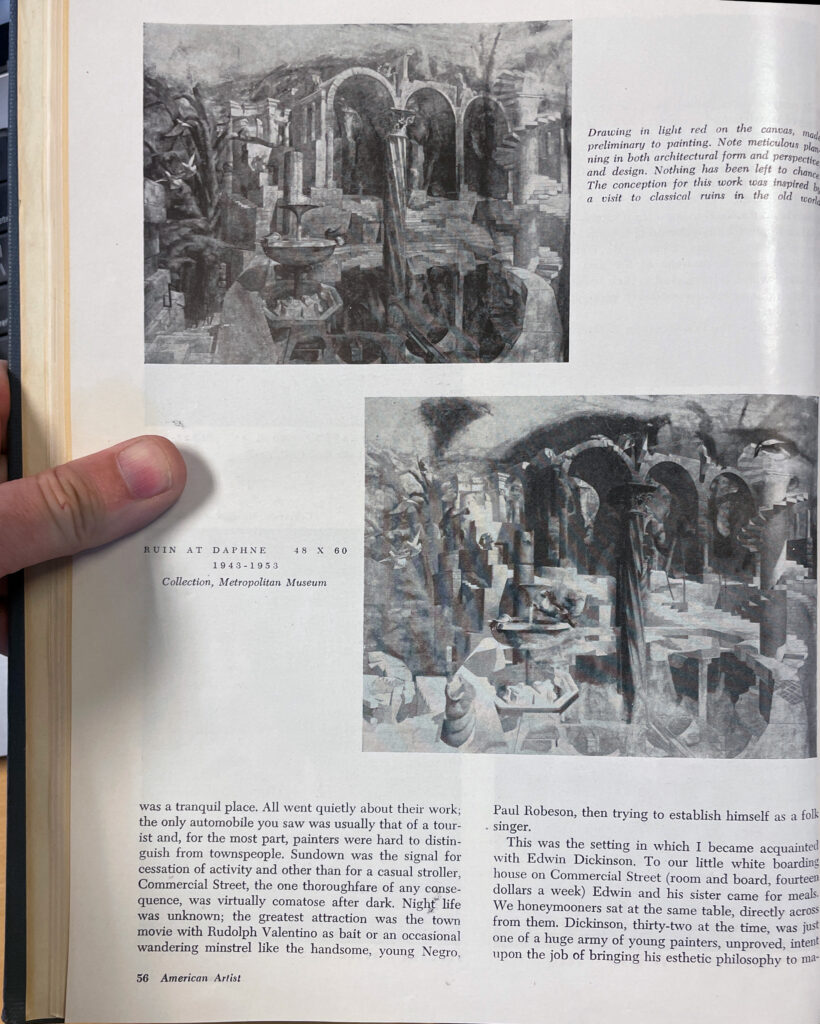
Beyond his profound impact on painting, Dickinson’s influence extended to the medium of watercolor, where he revealed an appreciation for its liveliness and capacity to capture the delicate qualities of nature.
In a world captivated by intellectualization, Dickinson’s art encourages viewers to embrace the profound realities of life and reject the allure of superficiality. His works are immersions into worlds of mystery, color, narrative and intense commitment to painting. He breathed life into his subjects with an unwavering commitment to truth and authenticity.
Are you inspired or influenced by Dickinson’s work? We want to hear from you in the comments below!


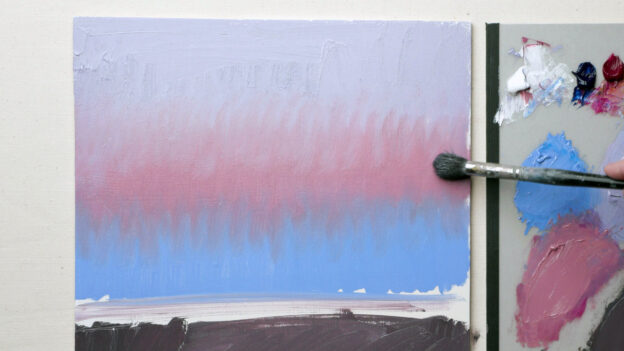
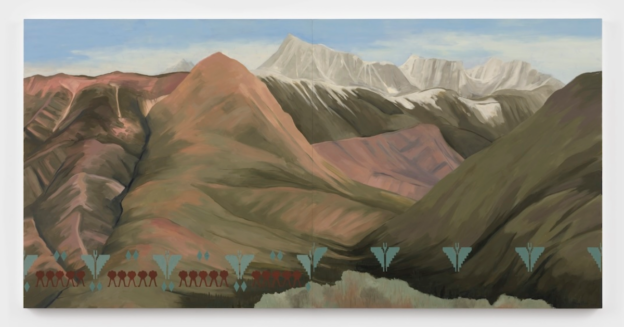

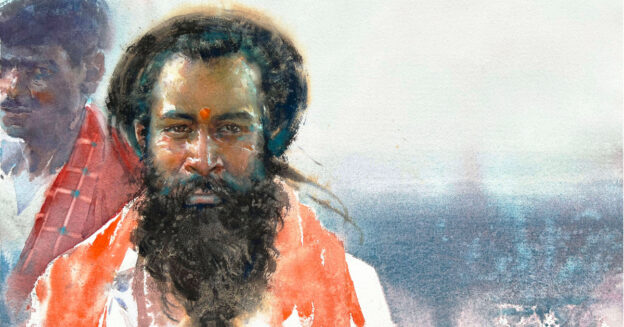
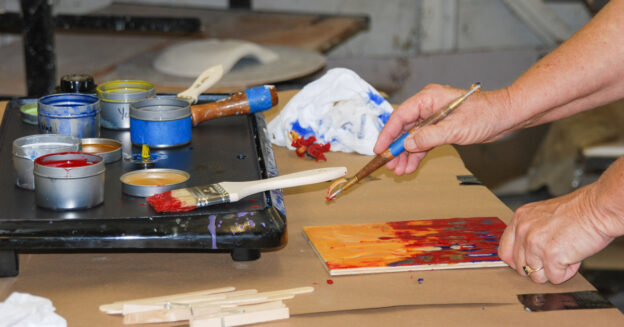
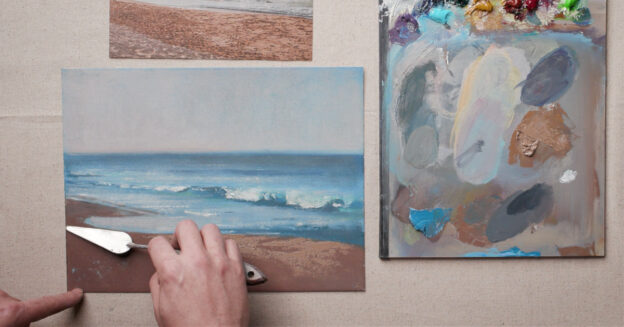
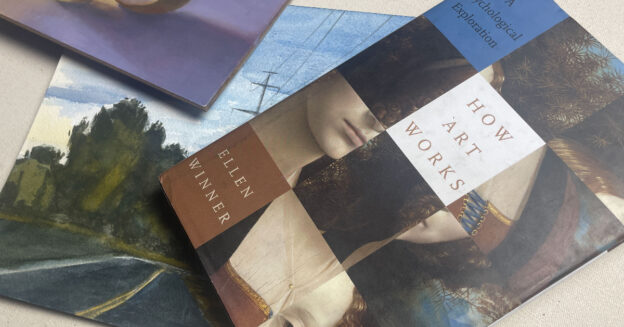
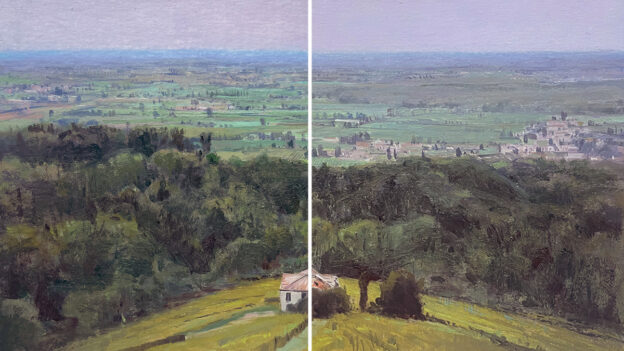
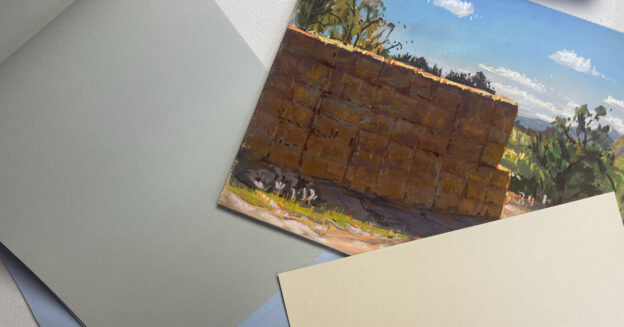





Join the Conversation!